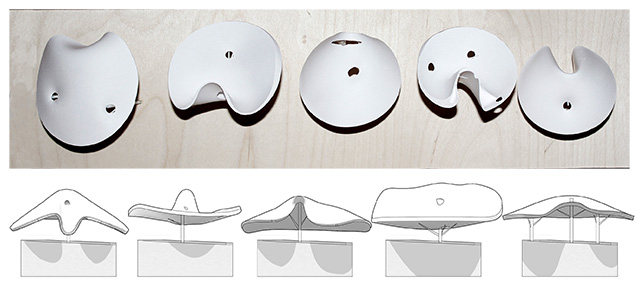

In this second project, students again produce a form-finding 'design machine', but one that is both less constrained in its guidelines and providing of more opportunity for individual expression and experimentation. As usual, each design machine progresses through two stages or 'laps'.
In contrast with our first circuit, in which we fabricated a form-finding machine without prior knowledge of its application, nor how the results of this machine were to be translated into an architecture, in this circuit we seek to better understand how foreknowledge of the application of these machines can affect their design. In this circuit, the prompts students have been working with remain fixed. The scale, operation, oblique prompt, and (perhaps with some exception) the program of the project proposed in the first project remain the same. With those parameters in mind, this circuit asks: to what degree can the particular design ideas present in these projects be 'reverse-engineered' into a form-finding device? If we can anticipate the architectural future of the forms our devices will create, how might it affect the design of the devices?
To facilitate a broader exploration of form-finding machines, only some of the guidelines for such a device remain fixed while most are relaxed. Again, we work in teams to design a form-finding device that conforms to the staging area dimensions. Again, this device produces plaster forms by casting into an elastic vessel and exerting a set of forces upon it. However, in this circuit, the elastic vessel is not a standard form, but is instead a product of our design imagination.
Using silicone or latex rubber each team first makes an elastic mold that stands-in for the balloon employed in the first project. Since silicone and latex are themselves castable materials (but are also available in sheet form) the production of this elastic mold may itself require a mold. The elastic molds produced both anticipate the family of forms desired (in relation to individual student design projects) and the forces they are subjected to in the form-finding process. Students should consider including details such as attachment points, connections, structural ribs to direct any forces, and edges that anticipate the need to create sealed volumes.
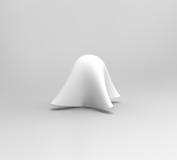
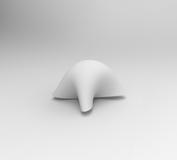
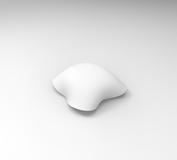
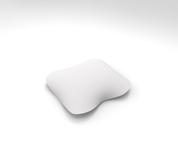
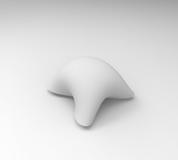
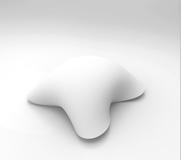























There's more!
Some other projects from this same class have been posted, as well as some interesting student work from this same year.